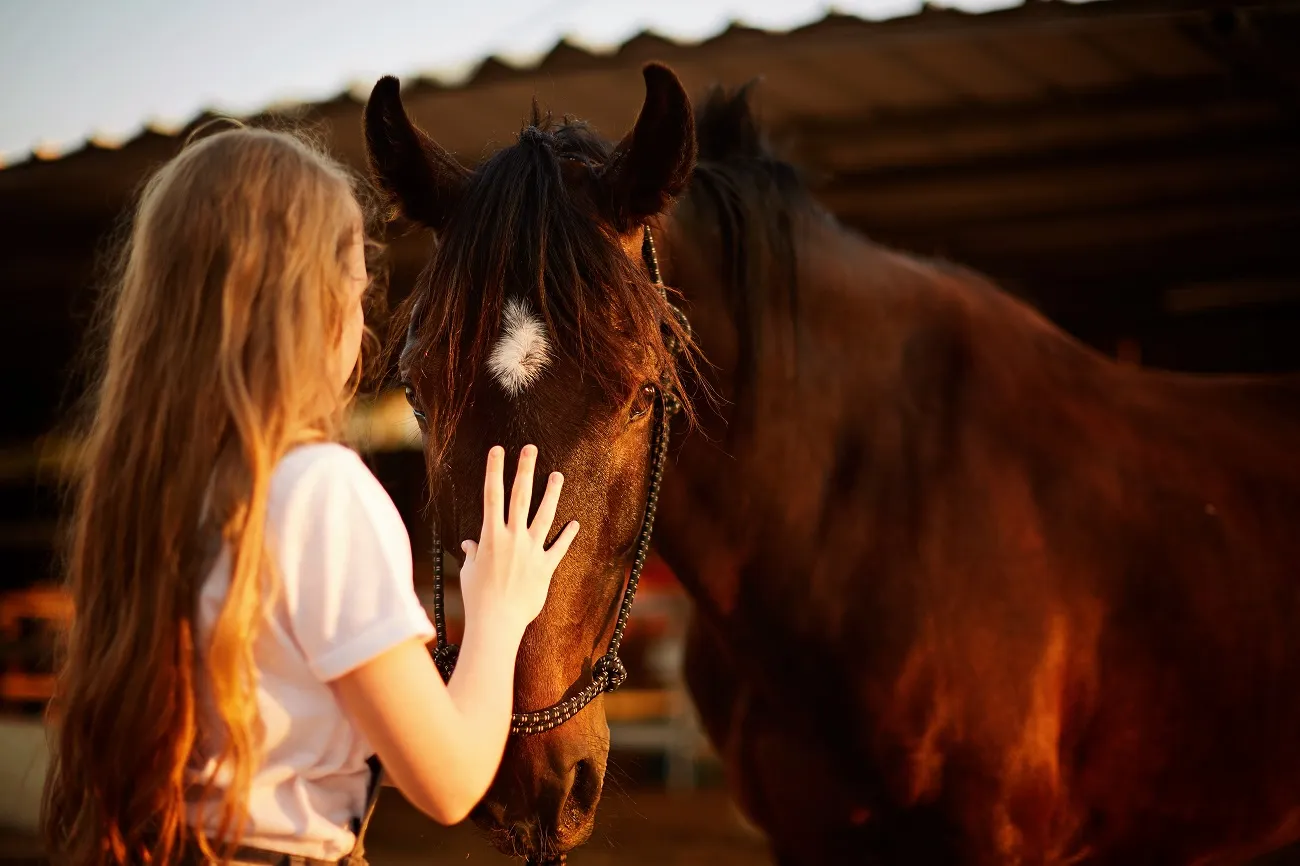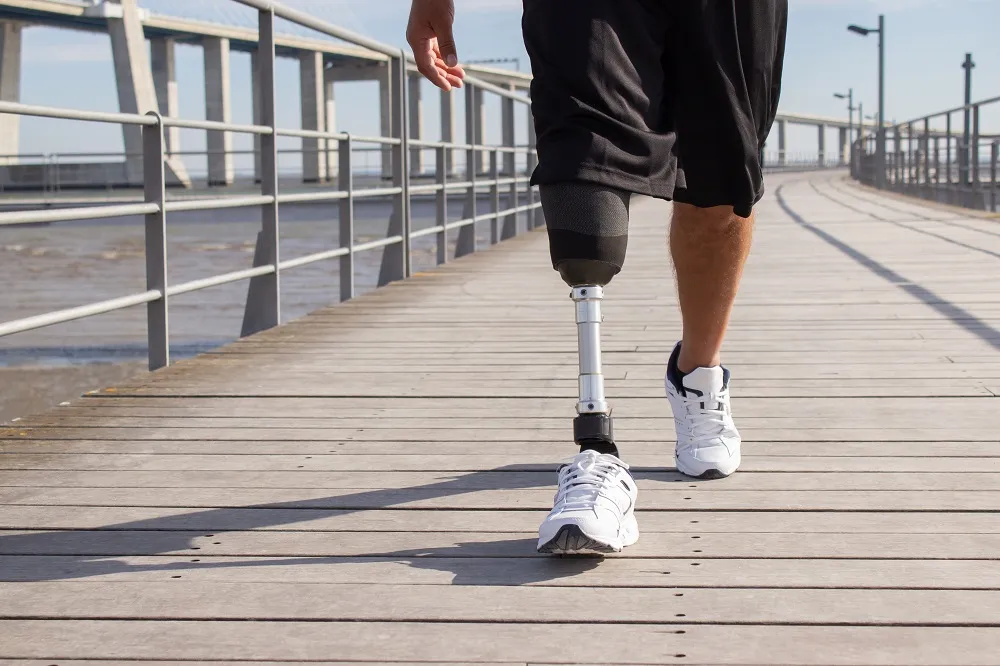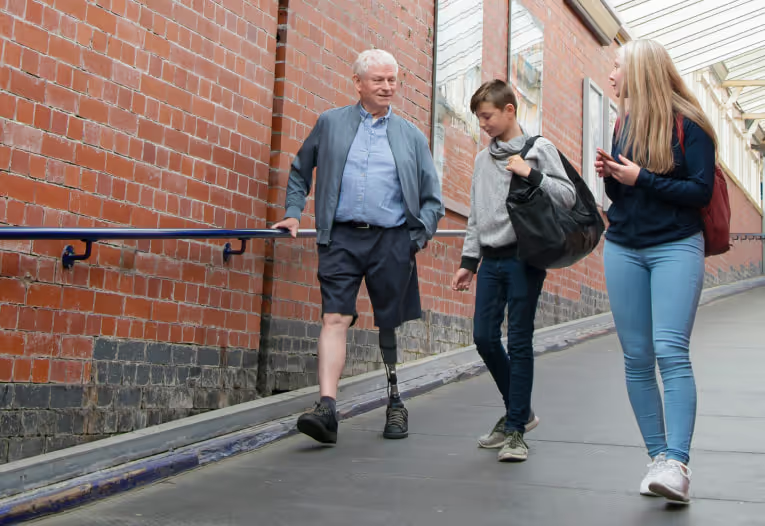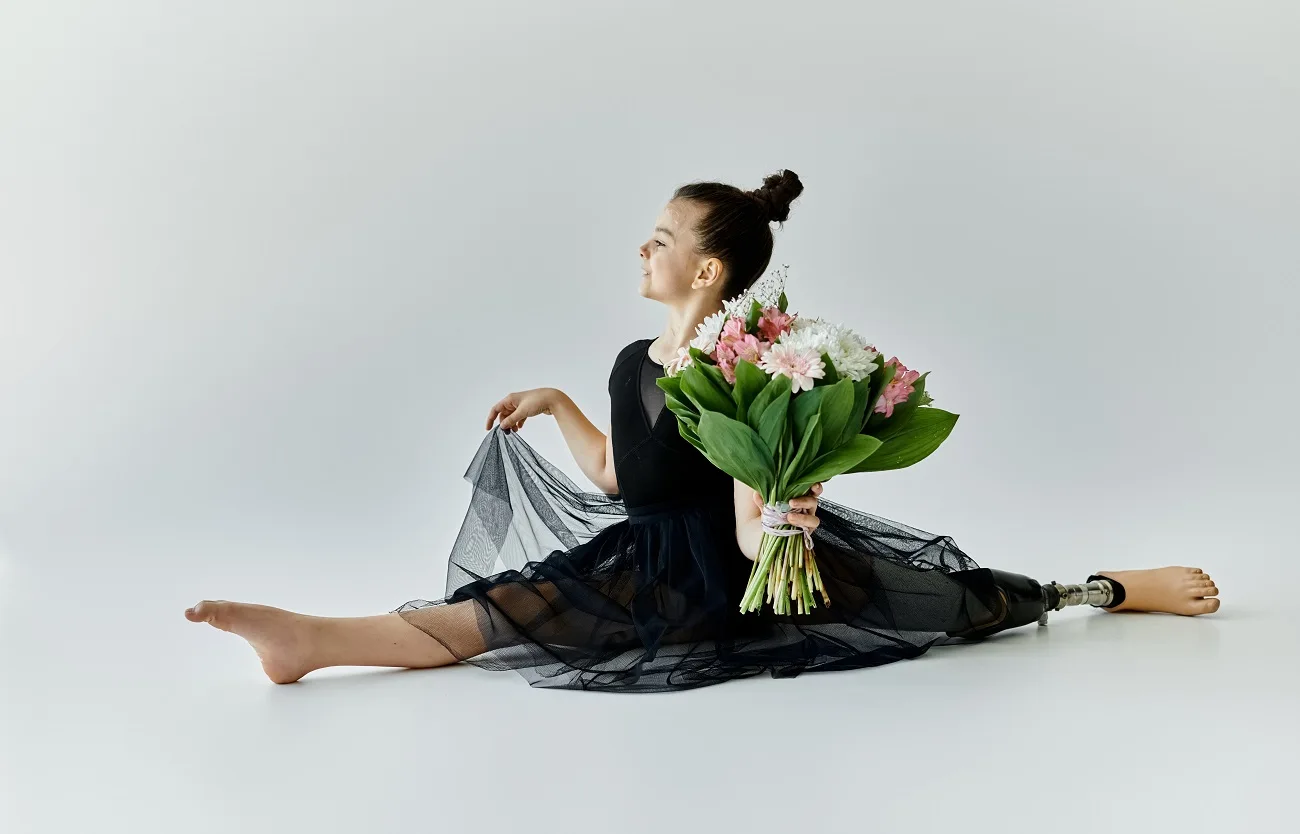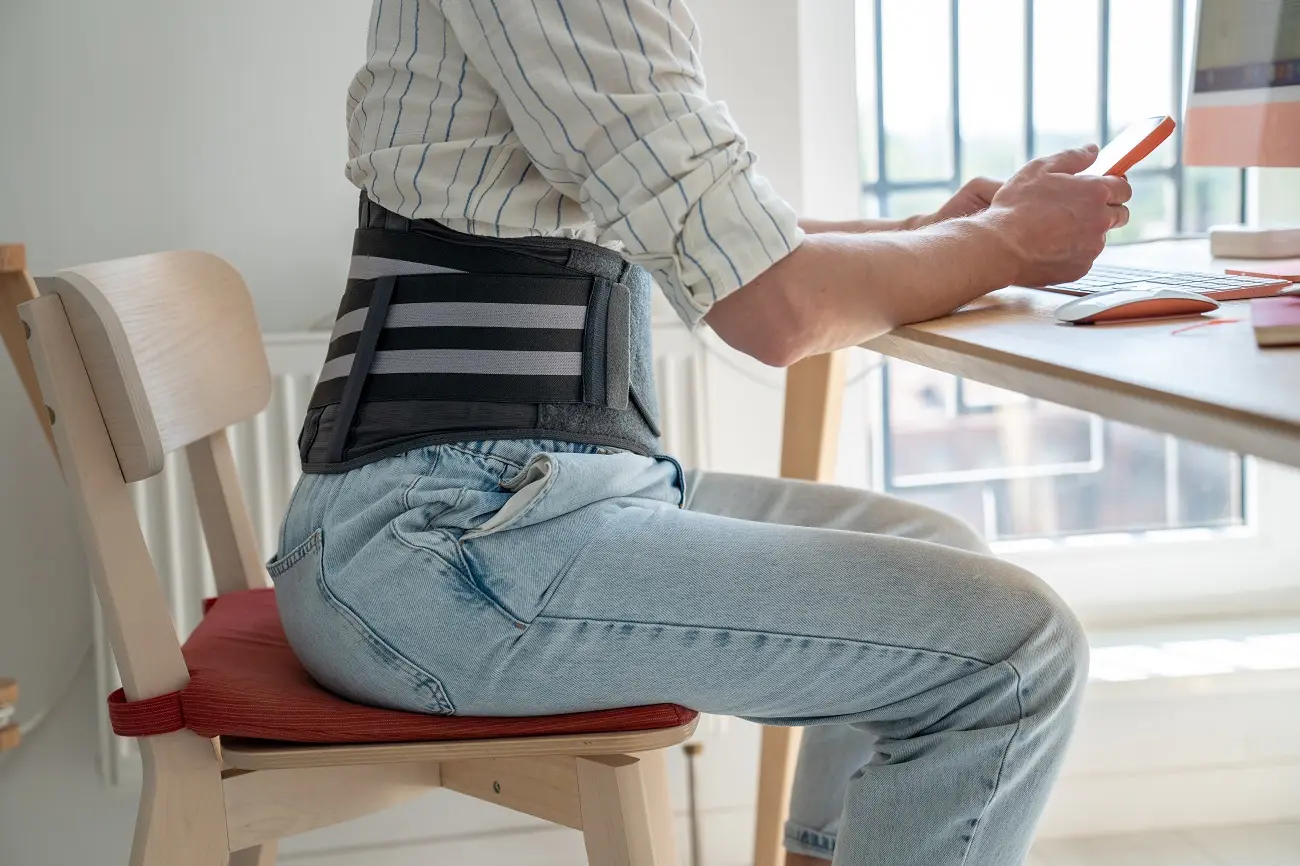The wind in your hair, the rhythmic movement beneath you — fortunately, these memorable experiences don't have to end after leg amputation.
At PrimeCare, we've helped countless New Mexico equestrians return to the saddle with custom prosthetic solutions that make riding dreams a reality. Whether you've ridden your whole life or discovered this passion post-amputation, let's explore how you can reclaim this incredible sport and feel confident along the way.
What to Know Before You Mount Up
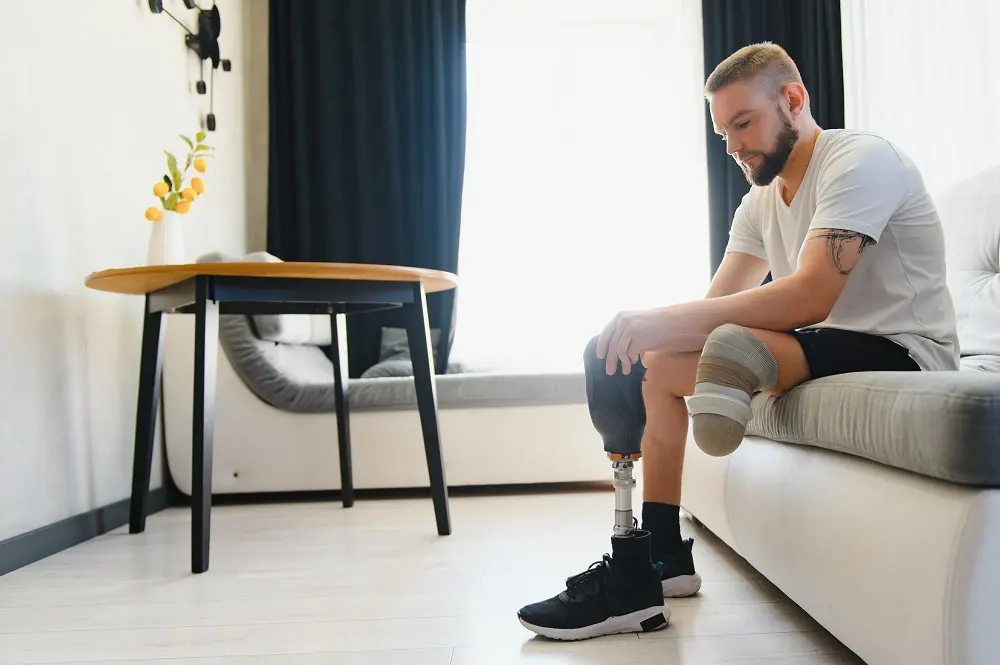
Before you swing into that saddle, consider several important factors to set you up for success. Just like with any other amputee sport, preparation makes all the difference between a frustrating experience and a triumphant return to riding.
- Medical clearance comes first: Your doctor needs to confirm your residual limb has healed sufficiently and can handle the pressure and movement of riding. This typically means waiting several months post-amputation.
- Mental readiness matters too: Returning to activities you love after amputation can stir up unexpected emotions. Allow yourself to feel nervous, excited, or even frustrated; these are all normal emotions. Many riders find that addressing their mental health alongside physical preparation leads to better outcomes in the saddle.
- Prosthetic evaluation: Not every prosthetic leg works well for horseback riding. You'll need one that can accommodate the unique demands of being in a stirrup and maintaining proper position.
- Choose your instructor wisely: Working with someone experienced in adaptive riding or aware of the specific needs of amputee riders accelerates your progress significantly.
- Start with groundwork: Spending time with horses on the ground helps rebuild confidence and allows you to assess how your prosthesis performs around the barn.
- Insurance considerations: Check whether your current prosthetic coverage includes sports-specific modifications or if you need additional authorization for equestrian adaptations.
Riding Modifications for Different Lower Limb Amputation Levels
The approach to getting back in the saddle varies significantly depending on where your amputation occurred. Each level of lower-limb amputation has its opportunities and challenges that our experienced prosthetists can address through customized solutions.
Above-Knee Amputees
Riders with mid-thigh or higher amputations face specific challenges related to knee control and hip stability. If this is the case for you, don’t stress. Many have become accomplished equestrians with the right adaptations.
Your prosthetic knee becomes a critical component in maintaining proper riding position. Modern microprocessor knees can provide the stability needed for posting trot and managing weight shifts. Here's what works:
- Hydraulic knee units offer smooth motion that mimics natural knee bend during riding movements.
- Rotation adapters allow your foot to sit properly in the stirrup without twisting the entire limb.
- Extended socket designs provide additional leverage and control through your residual limb.
- Specialized suspension systems prevent the prosthesis from shifting during dynamic movements.
Many above-knee riders find that Western saddles are more stable initially, though English riding remains entirely possible with practice. The key is relearning how to use your remaining musculature and core strength to compensate for the lost leg function.
Below-Knee Amputees
If you've experienced amputation below the knee, you retain your natural knee joint — a significant advantage for riding. This often means a quicker return to the saddle with fewer modifications needed.
The prosthetic foot you choose becomes paramount. Traditional prosthetic feet might not flex enough for proper stirrup position, but several options excel for equestrian activities:
- Multi-axial feet allow movement in multiple directions, accommodating the stirrup angle naturally.
- Sports-specific feet designed for high-impact activities provide the shock absorption needed for trotting and cantering.
- Custom ankle adjustments ensure your foot sits at the correct angle without creating pressure points.
- Protective covers shield your prosthesis from barn dust, hay, and weather while staying flexible.
Below-knee riders often report feeling more confident faster, as they can still grip with their knees and maintain traditional leg position more easily. The prosthetic becomes an extension that, with practice, responds predictably to your commands.
How to Get into Riding a Horse as an Amputee: Your Path to the Saddle
Whether you're returning to a beloved sport or discovering horseback riding for the first time after amputation, the journey requires patience and smart progression. Many successful amputee riders — both seasoned equestrians and complete beginners — have blazed this trail before you. Here’s what we recommend.
- Physical therapy first: Build core strength and improve balance through targeted exercises. Your residual limb needs conditioning to handle the unique stresses of riding.
- Ground skills development: Practice mounting blocks, leading exercises, and grooming so you can understand how your prosthesis performs in a barn environment.
- Stationary practice: Many riders benefit from practicing on a barrel or mechanical horse to work on position without worrying about controlling a live animal.
- Choose the right horse: Start with a calm, experienced mount who won't be startled by the different feel or sound of your prosthetic leg.
- Short sessions initially: Begin with 15–20 minute rides to prevent soreness and allow your body to adapt gradually.
- Progress systematically: Master the walk before attempting faster gaits. Each achievement builds confidence and muscle memory.
- Document your journey: Take notes about what works, what causes discomfort, and which adjustments are helpful to guide prosthetic modifications.
Sustaining Your Riding Journey
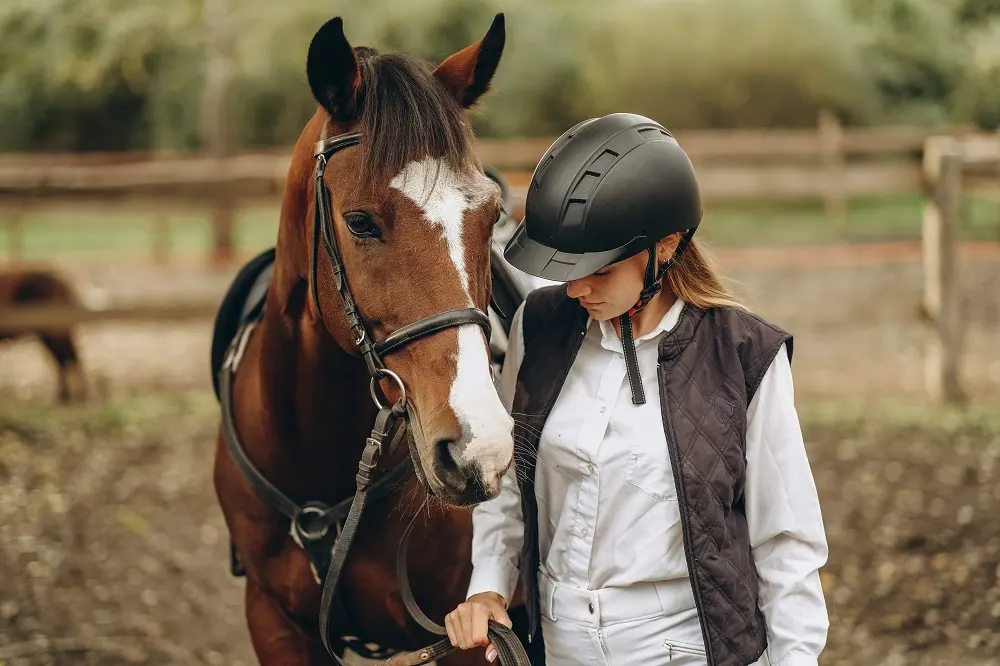
Once you've returned to riding successfully, the real adventure begins. The hard work of those initial months pays dividends as muscle memory develops and your prosthetic leg becomes a natural part of your riding position.
Protecting Your Prosthesis and Skin
Barn environments expose your prosthesis to dust, moisture, and impact that can affect performance over time. Many riders develop a routine: quick wipe-downs after each ride, checking for debris in joints, and scheduling regular prosthetic maintenance appointments. Some keep a dedicated "barn leg" to preserve their everyday prosthesis from stable wear.
Don’t forget about protecting your skin. Equally important is residual limb care — the combination of sweat, friction, and barn dust can irritate skin. Riders often carry extra liners, use barrier creams, and inspect their residual limb after each session for any redness or pressure marks that need attention.
Adapting Your Body and Technique
Your body will tell you what it needs. Some soreness comes with rebuilding riding muscles, but persistent pain signals something needs adjustment. You’ll notice that the pressure points from sitting in a saddle differ dramatically from walking, and skilled prosthetists can modify socket shape or add strategic padding to accommodate these riding-specific stress points.
Physical adaptation strategies that work:
- Socket modifications that redistribute weight during posting trot
- Alternative stirrup positions that reduce stress on the residual limb
- Core exercises compensating for the altered leg position
- Hip flexor stretches maintaining crucial range of motion
- Upper body conditioning for enhanced rein control
Find Support from Others
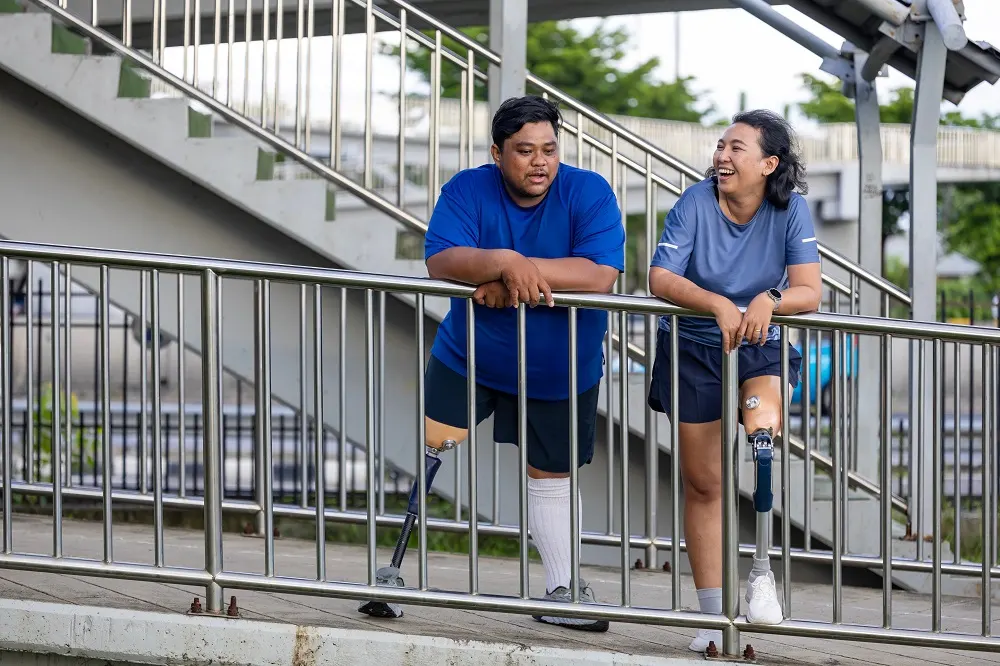
You’re not alone in this journey. The equestrian community becomes your greatest resource:
- PATH International (Professional Association of Therapeutic Horsemanship) certified programs operate across the country.
- The Amputee Discussion & Support Forum hosts active threads where riders share everything from stirrup modifications to confidence-building strategies.
- Regional programs like Ride Above Disability Therapeutic Riding Center specifically welcome amputee riders, providing both instruction and peer connections. They've felt that initial wobble in the stirrup and celebrated the first successful canter post-amputation.
These connections matter — they remind you that thousands of riders with prosthetic limbs are out there right now, enjoying sunrise rides and teaching the next generation. With the right tools and guidance, you can join them.
Evolving as a Rider
Consider how the horse may respond. Many riders discover their horses seem to sense the change and adjust accordingly. This partnership deepens as both of you learn slightly different communication methods. Your arms and seat become even more important for cueing, while your prosthetic side develops new ways to provide stability and support. In fact, some amputees find their altered center of gravity improves certain aspects of their riding — a silver lining they never expected.
Whether you maintain your previous riding discipline or explore new ones, what matters isn't replicating your exact pre-amputation style. It's about rediscovering joy in the saddle and recognizing that your identity as an equestrian remains intact, just evolved.
Your Riding Future Awaits
Every amputee rider's journey includes moments of doubt, but those who persist discover the partnership between horse and rider transcends physical limitations.
At PrimeCare, we've witnessed countless transformations — sportsmen rediscovering joy, competing in shows, and inspiring others. We’re confident we can help you return to horseback riding and making new memories. Whether you're ready today or still gathering courage, remember that your saddle awaits whenever you choose to reclaim it.
Ready to explore your equestrian possibilities? Contact our team to discuss custom prosthetic solutions designed specifically for riders like you.

.svg)
.svg)


